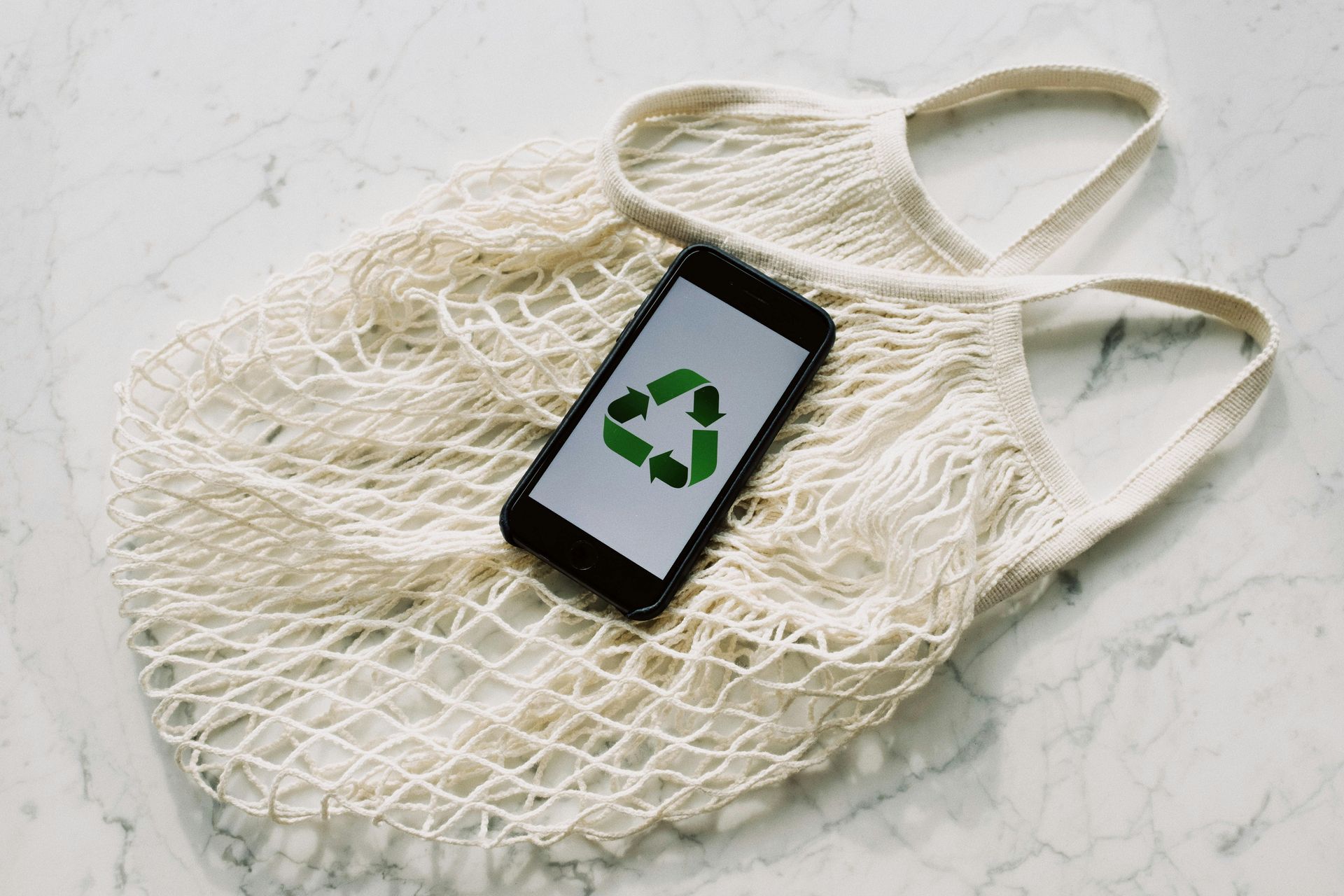The Eco-conscience | Packaging Consulting
Baraka • September 3, 2024
The Eco-conscience
Introduction
“The environment is where we all meet; where we all have a mutual interest; it is the one thing all of us share.” - Lady Bird Johnson
We are living in interesting times where social focus is targeting sustainability, which is a positive development, especially when accompanied by research and practicality. As companies strive to implement sustainable solutions, it is crucial to balance technical viability and business reliability in decision-making processes. This article explores the complexities of sustainability in packaging, particularly the need for a nuanced understanding of materials like plastics.
The Complexity of Sustainability
Technical viability and business reliability are fundamental in the decision to introduce changes regarding sustainable solutions. Companies must avoid demonizing certain platforms without fully understanding if there are ways to maintain those with a more eco-friendly approach. For example, many companies aim to eradicate plastics from their packaging without evaluating the impact of replacement platforms.
The Case for Plastics
It is true that plastics have a high carbon footprint in their manufacture, contribute to waste islands in the oceans, and produce microplastics that are now found even in newborns. However, plastics remain one of the most widely used packaging materials globally, known for their high production rate and yield. They are extremely lightweight, do not consume or pollute water during the manufacturing process, and are highly recyclable. When considering the carbon footprint of glass or paper packaging compared to plastics, the latter can sometimes emerge as the more sustainable option.

Evaluating Carbon Footprint and Costs
The relevance of this discussion lies in the need for companies to evaluate the carbon footprint and costs of new platforms versus the potential innovations that could be introduced in their current platforms. New polyethylene resins that did not exist one or two decades ago enable us to achieve thinner packaging with the same product content. Even if the cost is higher, the reduction in volume can lead to savings, similar to applications that replace laminates or complex materials with new barrier varnishes.
The Risks of Blindly Switching Platforms
Moving blindly to a platform perceived as more ecological without fully understanding its carbon footprint could harm profits and the ecosystem. Therefore, a company's eco-conscience must focus on a deep understanding of all possible impacts to select the right innovation path to improve packaging from a sustainable standpoint.
Conclusion
In conclusion, navigating the complexities of sustainability in packaging requires a careful evaluation of materials and their impacts. Companies must not rush to eliminate plastics without considering the broader implications of their choices. By fostering an eco-conscious culture that prioritizes informed decision-making, businesses can innovate responsibly and contribute positively to environmental sustainability.
Why is it important to evaluate the impact of replacing plastics in packaging?
Evaluating the impact is crucial because switching to alternative materials without understanding their carbon footprint and overall sustainability can lead to unintended negative consequences for both the business and the environment.
What are the benefits of using plastics in packaging?
Plastics are lightweight, have a high production rate, are recyclable, and do not consume or pollute water during manufacturing. They can sometimes have a lower carbon footprint compared to glass or paper packaging.
How can companies ensure they are making sustainable choices in packaging?
Companies can ensure sustainable choices by thoroughly researching materials, evaluating their carbon footprints, and considering innovations that enhance recyclability and reduce waste.
What role do new materials play in sustainable packaging?
New materials, such as advanced polyethylene resins, allow for thinner packaging with the same product content, potentially leading to cost savings and reduced environmental impact.
How can a company cultivate an eco-conscious culture?
A company can cultivate an eco-conscious culture by promoting education on sustainability, encouraging informed decision-making, and aligning all stakeholders towards common environmental goals. Feel free to modify any part of the text or ask for further adjustments!



